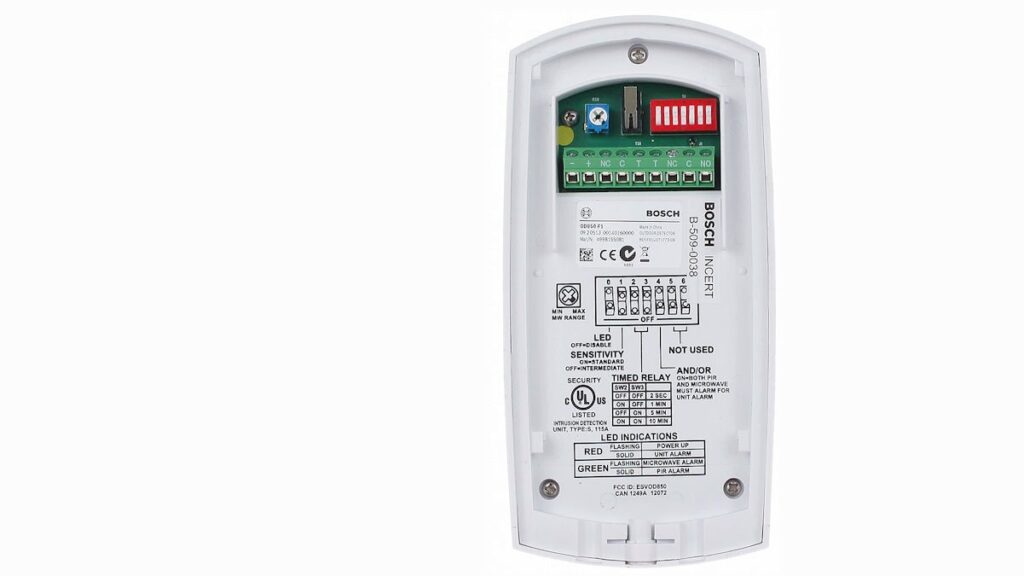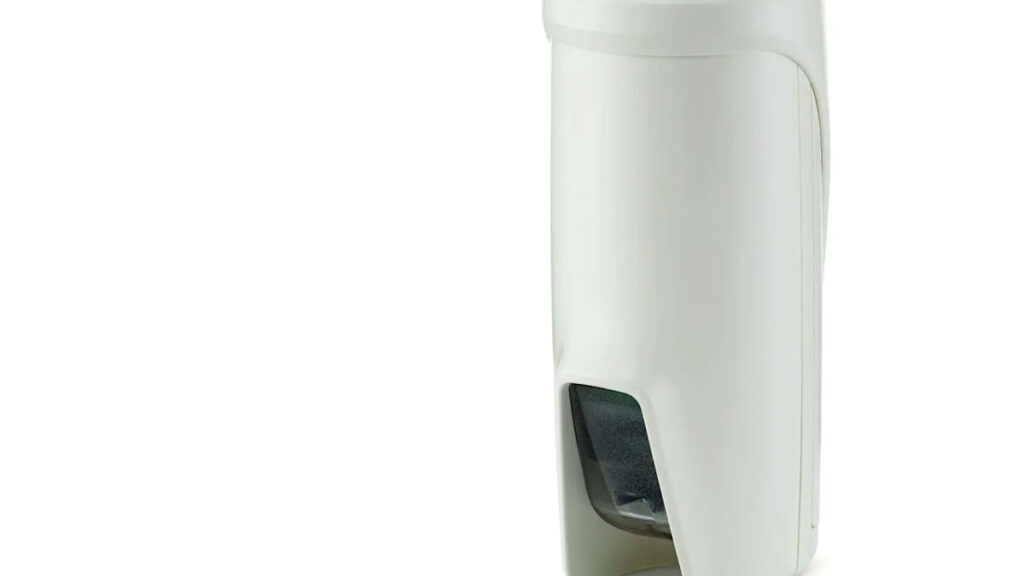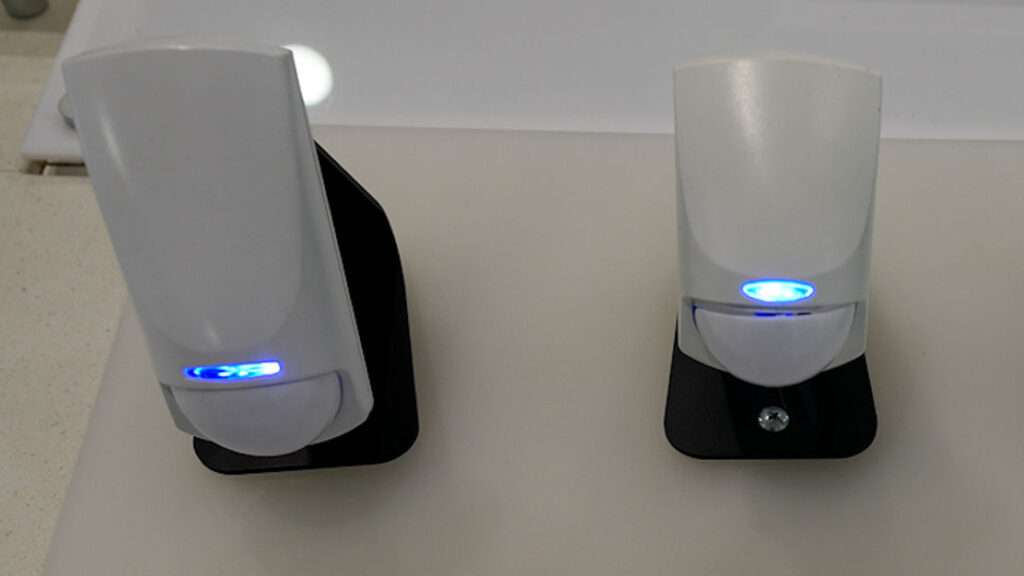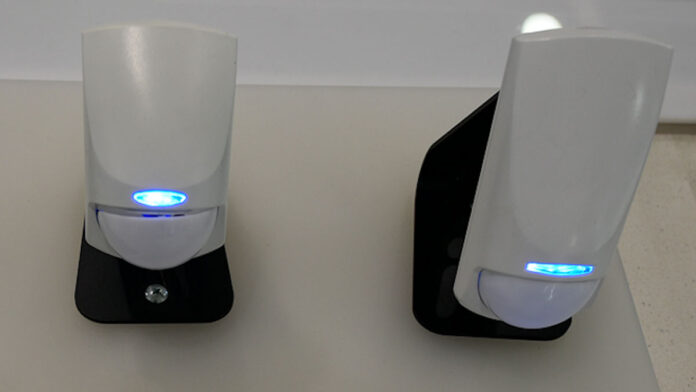Alarm Sensor Components Are More Important Than You Think.
Alarm Sensor Components – Most installers won’t give a lot of thought to component tolerances when they purchase performance-sensitive items like detectors, but they should, particularly given pandemic has created an appetite among some manufacturers to cut corners.
It requires general knowledge of circuit and component design to think about intrinsic sensor performance and reliability, but it can be worthwhile to pay attention to what you’re installing at a component level.

For instance, sensor reliability and performance will be affected by the implementation of active filters as opposed to passive filters in the circuitry. Poor quality active filters will be much more sensitive to tolerance variations than passive filters, while good quality active sensors won’t be.
Trying to establish the nature of pyroelectric sensors is worthwhile, also, particularly in rugged applications. You’re interested in pyroelectric coefficient, which determines the ability to produce current from IR radiation – the higher the better.
Meanwhile, the dielectricity constant determines the sensor’s capacitance, which has a direct bearing on noise higher capacitance means lower noise.
Alarm Sensor Components Are More Important
Specific heat capacity of a sensor is responsible for the temperature increase in the crystal based on the absorbed radiation – a lower Cv number means a larger temperature increase, means a better signal.
Another factor is the specific AC resistance. This factor coupled with dielectric losses produces a Johnson noise, while a purer dielectric produces no noise. All this means the lower the AC resistance the less prone to false alarms a sensor needs to be.

Further, a sensor with a low quality pyro is going to have a board design and DSP settings that focus on accommodated the poor quality of the signal – the more work the sensor needs to do, the less discerning it can be.
Remember that a manufacturer’s only guarantee with components purchased is the assurance those parts should have a particular tolerance. This means you’re relying on the manufacturer’s approved and comprehensive product testing to guarantee your installation.
Do they test in a TEM cell, or is that all too hard? Most electronic devices aren’t built with worst-case tolerances in mind. Instead, circuits are statistically analysed by computer programs that run through variables many times at design stage to ascertain whether component tolerances are adequate as specified.
If all this techno-babble is too hard, just be sure to buy quality sensors with solid warranties from reputable manufacturers supported by passionate local distributors. The cost of decent security sensors is only marginally higher than OEM rubbish built by nobody knows who.
You can find out more about Ness alarm sensors here, DSC alarm sensors here, or read more SEN news here.
“Alarm Sensor Components Are More Important Than You Think.”








